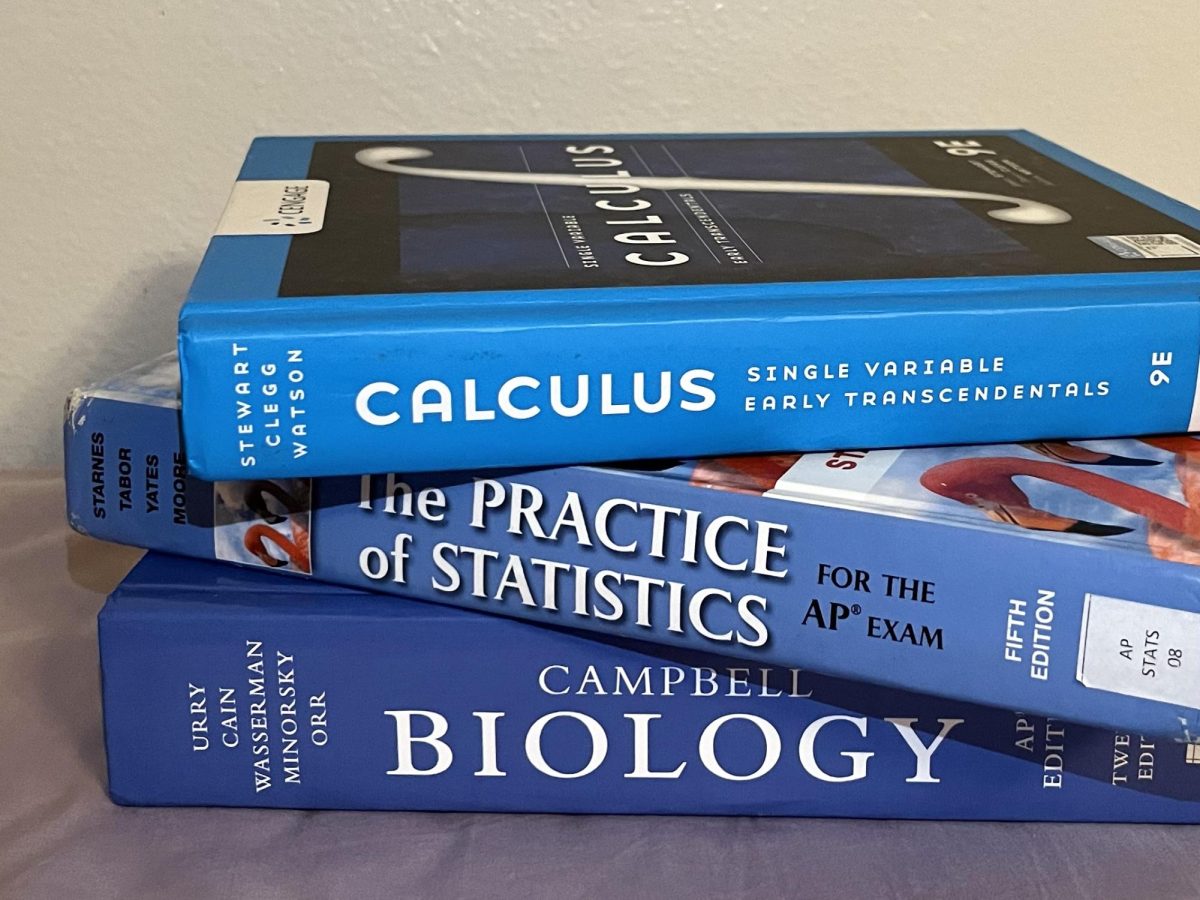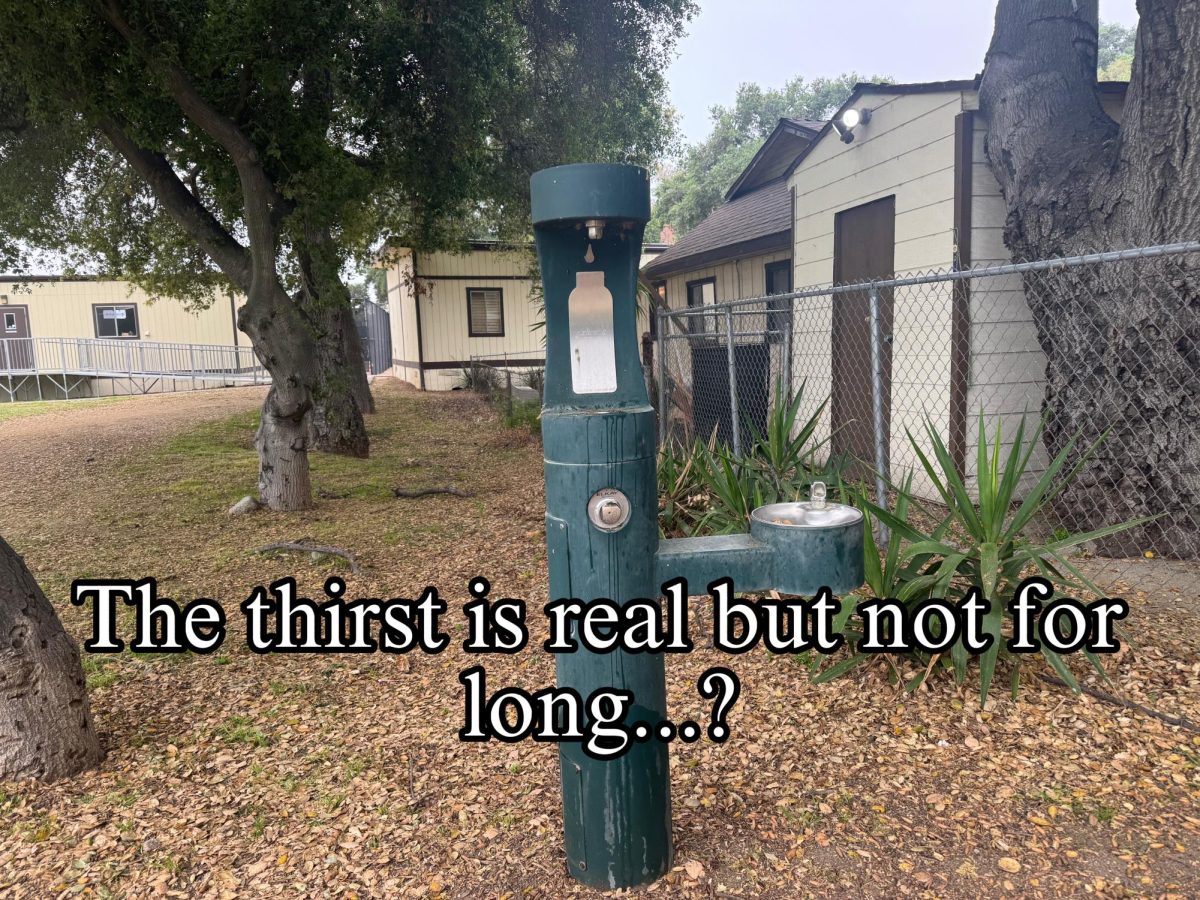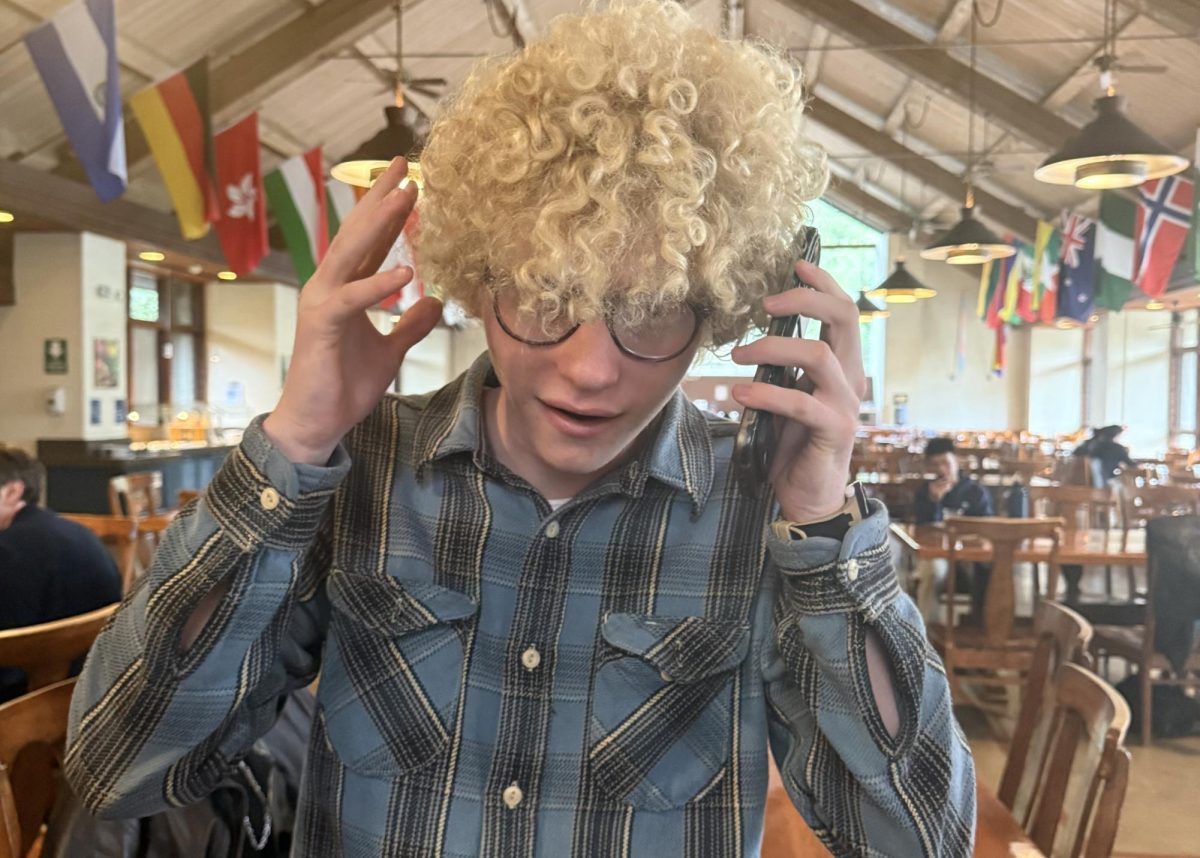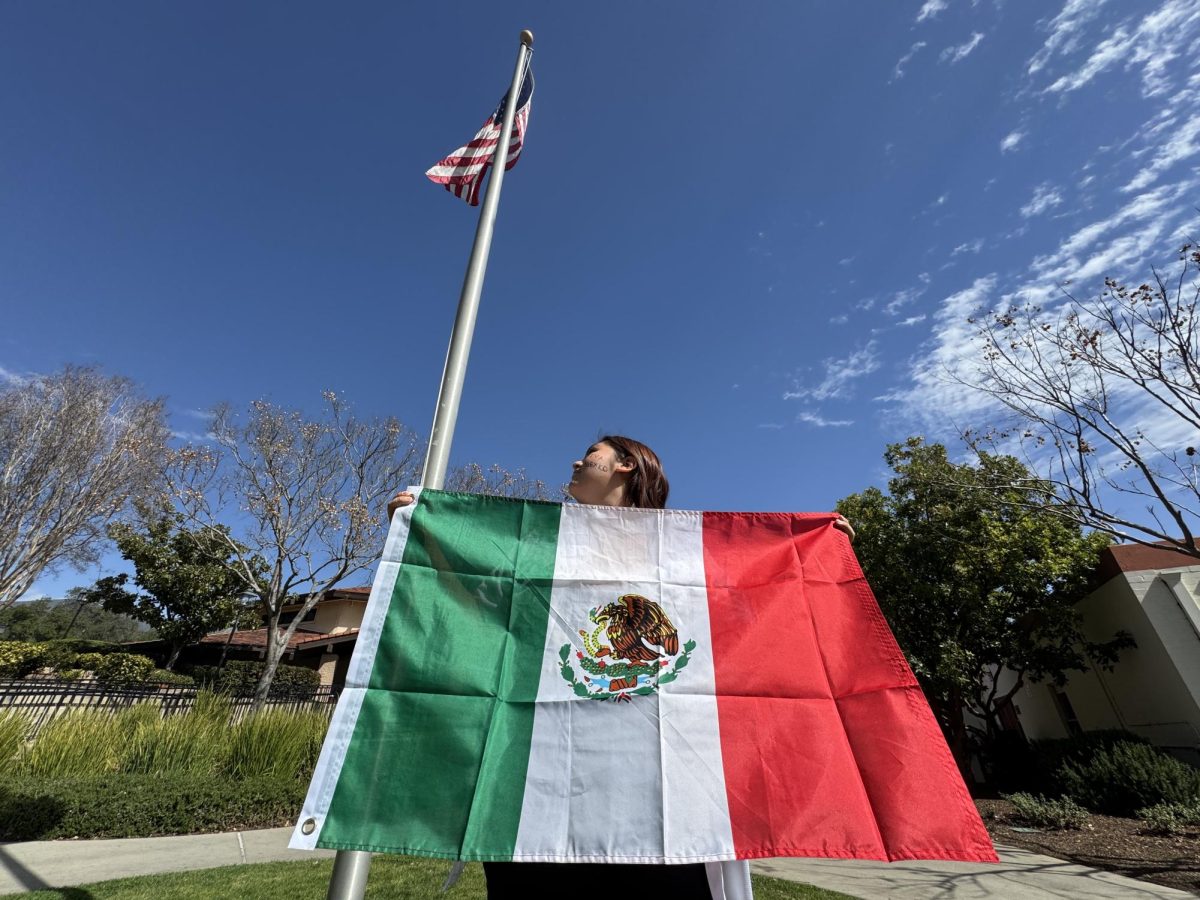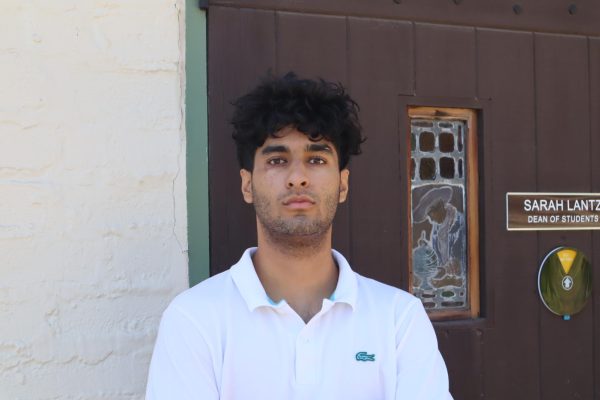Unsuspecting teenagers as young as 15 face the danger of substances laced with Fentanyl, as they risk overdosing with things as simple as headache relief.
According to the Center of Disease Control and Prevention, fentanyl is a pharmaceutical drug, used for treating severe pain. This drug is often prescribed to cancer patients as its effects are stronger than morphine. Taken as prescribed, the drug relaxes patients and helps numb their pain. However, when taken in excessive and non-prescribed doses, fentanyl can cause a consumer’s breathing to slow or stop, which may lead to death or brain damage. Non-prescribed fentanyl has been developed and sold illegally for years; it’s main appeal being the euphoric effects it is known to produce.
In 2020, fentanyl overdose death rates skyrocketed — a recorded 140% increase from 2019. The death toll remained high in California’s adult population throughout 2021.
However, the most recent wave of fentanyl-related deaths in 2022 was a wake-up call to the danger of illegal drugs being increasingly accessible to teenagers. While the overdose rate for teenagers had raised 20% in the first half of 2021, the rate is currently spiking again due to the imminent fentanyl outbreak. More than 950 teens died of an overdose in 2020. More than 70% of those deaths were from illicit fentanyl and other synthetic drugs. This new outbreak brings fear that the overdose rate may rise again this year.
This year, students across California have been targeted by this epidemic, buying counterfeit drugs laced with fentanyl from peers and often strangers. The pills are advertised as headache relief prescriptions and have vibrant colors similar to candy such as Smarties. It’s deceptive appearance makes it easy for teenagers to trust that the pills are safe when, in reality, one too many can lead to death. In September 2022, there were increased cases of teenage overdoses, with fentanyl being the suspected cause behind each case.
Upon hearing the news, Webb students have expressed sympathy for those who have overdosed after being deceived by the fentanyl-laced pills’ friendly exterior.
“I feel awful when I hear about any type of drug use- people use them not only because of curiosity but for more personal motivation regarding mental health” said Sehoon Kang (‘24).
Schools in the LA county district have been on high alert, including Webb. As soon as cases were reported in the district, staff started taking many steps to ensure student safety including attending an informative webinar hosted by the county.
“We learned fentanyl is being used as a filler — People are thinking they are getting pure heroin or narcotics, but manufacturers are actually lacing it with fentanyl,” said Stephanie Barron, Administrative Assistant.
Webb now has a supply of Narcan accessible to the health center staff and other faculty in the case of an overdose on campus.
“It’s kind of like a Nasal spray, but a powder— what’s nice about it is that most people feel comfortable administrating it without being in the medical field. It can be any trained adult.” Ms. Barron said.
Webb has also addressed the epidemic by holding two all-school assemblies, one for WSC and another for VWS in early October, to explain the dangers of fentanyl and to raise awareness about drug use in general.
“I felt uncertainty and contradiction at first; While I do feel that Webb is a safe environment, I felt that no environment is 100% safe- so I would I was assured of student’s safety [in the meeting]” said Zona Zhou (‘26).
“More recently students have been turning to drug use to cope, rather than self-harm,” said Melanie Bauman, Director of Wellness. “If you see the signs of drug use in your friends, speak up.”
Students were reminded that Webb is a safe space with counselors readily available for them. The meeting concluded with the community being asked to remain open-minded.
“Just because we don’t have a large fentanyl use concern in our community doesn’t mean that people that we know aren’t touched by it,” Ms. Bauman said.
For more information on the fentanyl epidemic, visit:
Partnership to End Addiction, CDC , or National Institute on Drug Abuse



